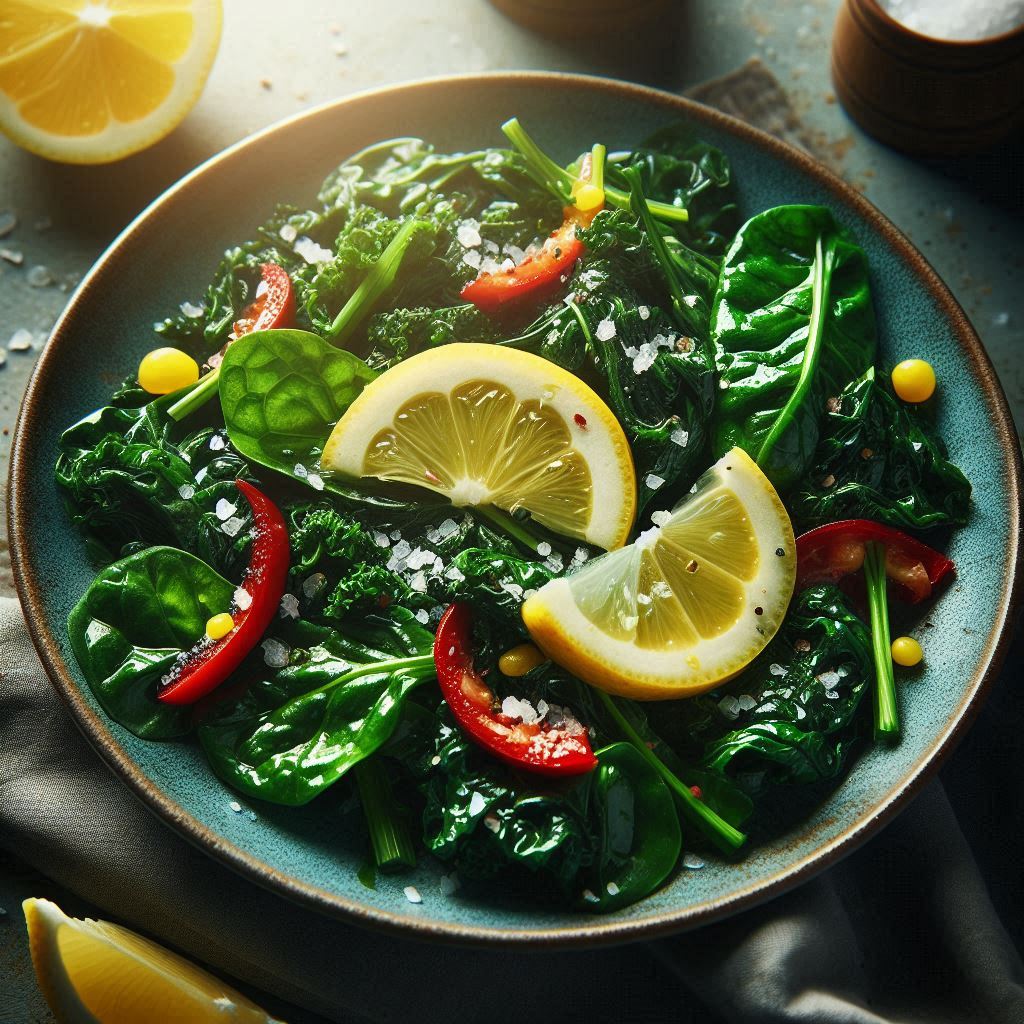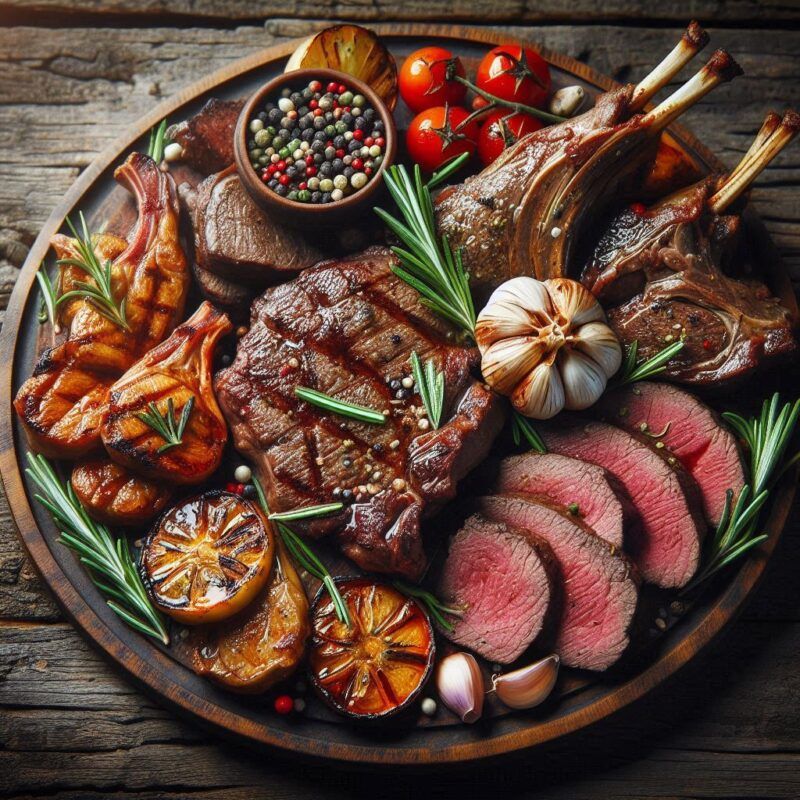 Top 10 Food Sources of Iron: A Comprehensive Guide to Boosting Your Health
Top 10 Food Sources of Iron: A Comprehensive Guide to Boosting Your Health
Iron is a vital nutrient that plays a critical role in our body’s ability to function. It’s essential for hemoglobin production, a protein in red blood cells that carries oxygen from the lungs to the rest of the body. Without sufficient iron, the body can’t produce enough healthy red blood cells, leading to iron deficiency anemia—a condition that affects millions worldwide. Incorporating iron-rich foods into your diet is a natural and effective way to maintain optimal health. This article will explore the top 10 food sources of iron and how they can help you stay energized, healthy, and strong.
1. Red Meat: The Powerhouse of Iron
Red meat, particularly beef, lamb, and liver, is one of the most potent sources of heme iron, which is the iron most easily absorbed by the body. For instance, a 3-ounce serving of beef liver provides nearly 6.5 mg of iron, covering about 36% of the recommended daily intake for an adult. Lamb and beef steaks are also excellent sources, with a similar 3-ounce serving offering around 2.1 mg and 2.7 mg of iron, respectively. Red meat not only provides iron but is also rich in protein, vitamin B12, and zinc—nutrients that support muscle health and energy levels.
2. Poultry: A Lean Source of Heme Iron
Chicken and turkey, especially dark meat, are also excellent sources of heme iron. For example, a 3-ounce serving of roasted turkey provides approximately 1.4 mg of iron, making it a lean and healthy option for boosting iron intake. Poultry is a versatile and accessible source of iron that can be easily incorporated into meals. Additionally, it’s lower in fat compared to red meat, making it a great choice for those watching their cholesterol levels.
3. Fish and Seafood: Iron-Rich Ocean Delicacies
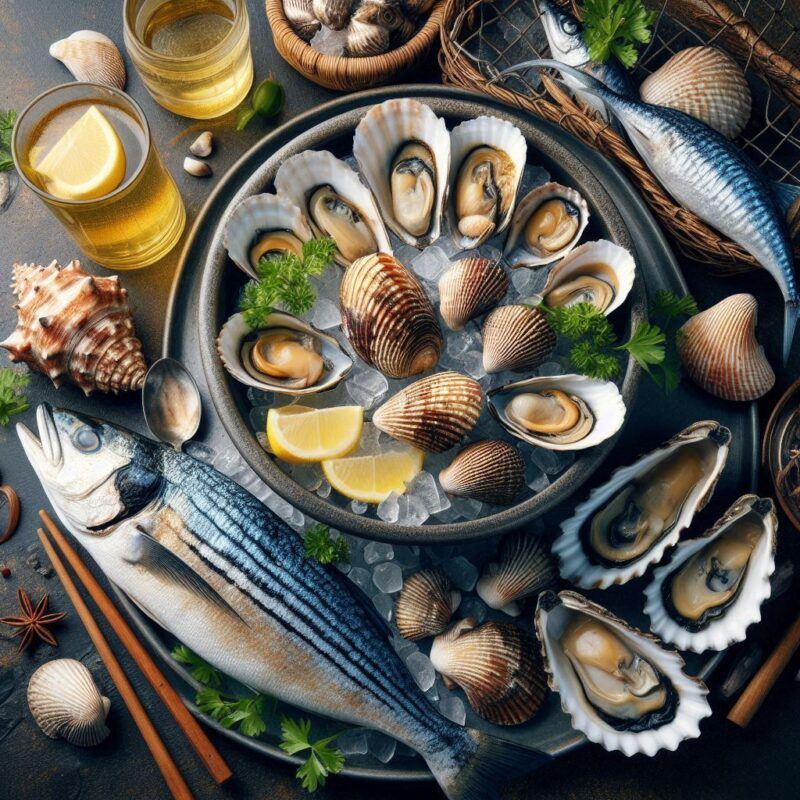
Shellfish like clams, oysters, and mussels are true iron powerhouses. A 3-ounce serving of cooked clams contains a staggering 23.8 mg of iron, more than 100% of the daily recommended intake. This makes shellfish one of the most concentrated sources of heme iron available. Fatty fish such as sardines and tuna are also good options, with a can of sardines providing around 2.5 mg of iron. Incorporating a variety of seafood into your diet not only boosts your iron levels but also offers heart-healthy omega-3 fatty acids.
4. Legumes: Plant-Based Iron Sources
Legumes, including beans, lentils, chickpeas, and soybeans, are among the top non-heme iron sources, which are ideal for vegetarians and vegans. A cup of cooked lentils delivers about 6.6 mg of iron, making it incredibly nutritious and versatile. Chickpeas, a staple in many diets, offer 4.7 mg of iron per cup. These plant-based sources also provide fiber, protein, and various essential nutrients, contributing to heart health and digestion.
5. Tofu and Tempeh: Iron-Rich Meat Alternatives
Tofu and tempeh, both derived from soybeans, are excellent sources of iron and serve as meat alternatives for those on plant-based diets. A half-cup of tofu provides around 3.4 mg of iron, while tempeh offers a similar amount. These foods are not only rich in iron but also packed with protein and essential amino acids, making them valuable for muscle maintenance and overall health.
6. Nuts and Seeds: Nutrient-Dense Iron Sources
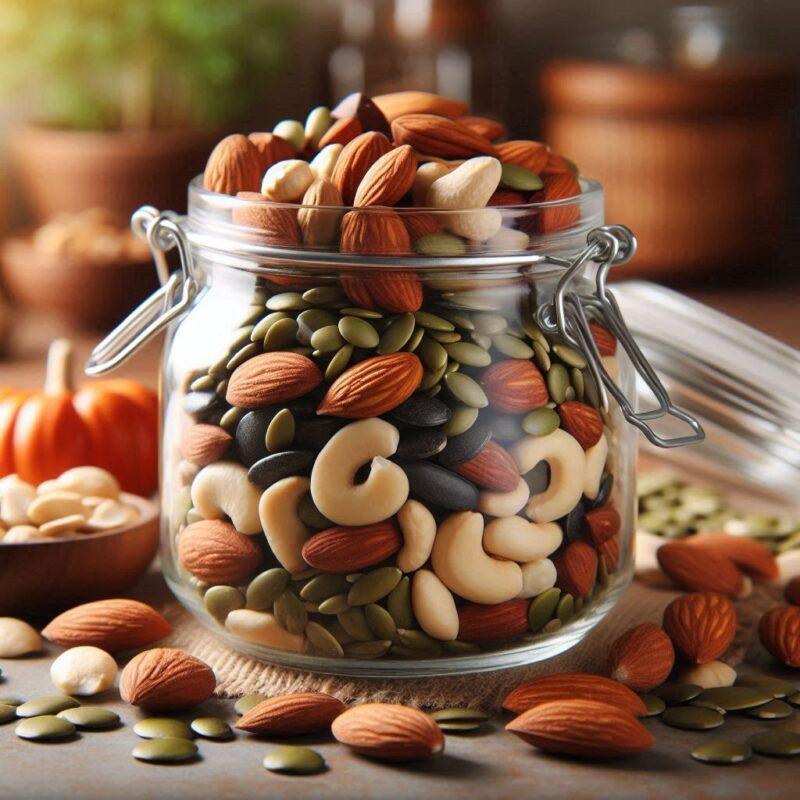
Nuts and seeds, particularly pumpkin seeds, hemp seeds, and cashews, are excellent sources of non-heme iron. For example, a quarter-cup of pumpkin seeds contains about 2.5 mg of iron. Nuts and seeds are also rich in healthy fats, fiber, and antioxidants, making them a nutritious addition to snacks and meals. They can be easily incorporated into salads, yogurt, and smoothies, offering a convenient way to boost your iron intake.
7. Leafy Greens: The Iron-Rich Vegetables
Dark leafy greens like spinach, kale, and Swiss chard are rich in non-heme iron. While the iron in these vegetables is less easily absorbed by the body when compared to heme iron, combining them with vitamin C-rich foods can enhance absorption. A cup of cooked spinach provides about 6.4 mg of iron, making it an excellent choice for anyone looking to increase their iron intake. These greens are also packed with other essential nutrients like vitamin K, calcium, and antioxidants, supporting overall health.
8. Fortified Cereals and Grains: Easy Iron Boosters
Many cereals, bread, and pasta are fortified with iron, making them convenient sources of this vital nutrient. Some fortified breakfast cereals can contain up to 18 mg of iron per serving, providing a substantial portion of your daily needs. Opting for whole-grain varieties also ensures you’re getting additional fiber and nutrients, which contribute to overall health and wellness.
9. Dried Fruits: Sweet and Iron-Rich Snacks
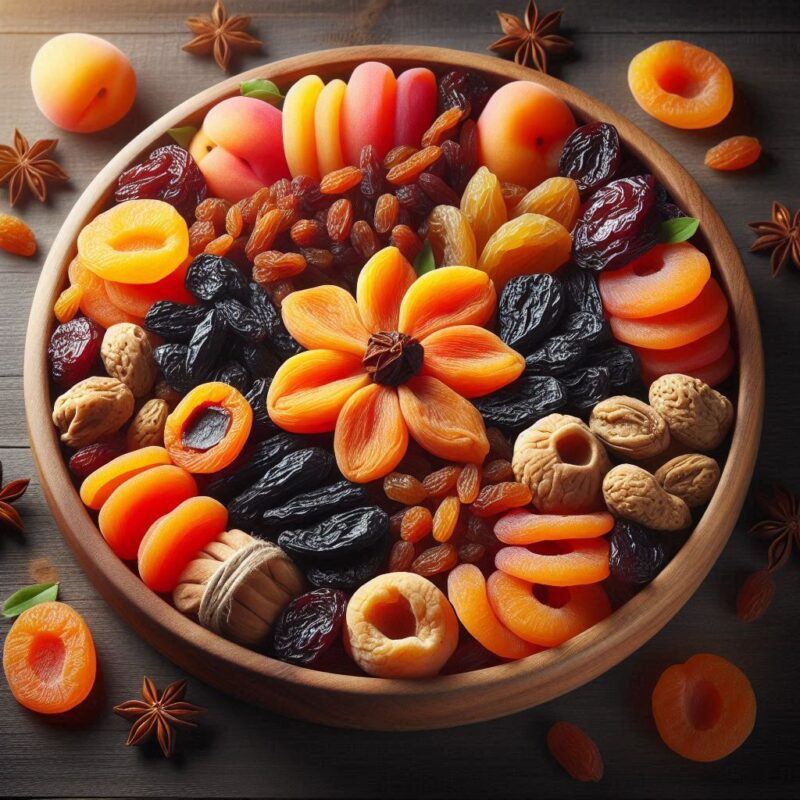
Dried fruits, such as apricots, raisins, and prunes, are convenient and iron-rich snacks. A half-cup of dried apricots contains around 2.2 mg of iron, while the same amount of raisins provides 1.5 mg. These fruits are not only rich in iron but also offer fiber and various vitamins, making them a healthy snack option for people on the go.
10. Eggs: A Simple Source of Iron
Eggs, particularly the yolks, are a good source of heme iron. A large egg provides about 1 mg of iron, making it a simple and versatile way to boost your iron intake. Eggs are also rich in high-quality protein, vitamins, and minerals, making them an essential part of a balanced diet.
Magnesium Breakthrough, Calcium, and Iron: Understanding the Balance
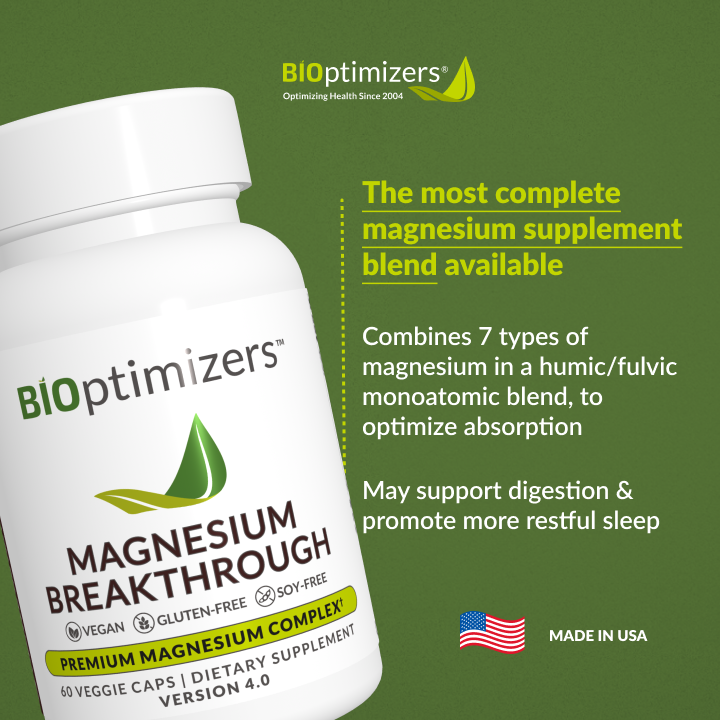
When it comes to minerals like magnesium, calcium, and iron, balance is key. These essential nutrients each play a vital role in maintaining health, but they can also compete for absorption in the body. For instance, excessive calcium intake can inhibit iron absorption, while magnesium is necessary for the optimal function of enzymes that process iron.
Magnesium Breakthrough is a supplement designed to optimize magnesium levels, which in turn supports the absorption and utilization of both calcium and iron. Magnesium is often overlooked, yet it is critical for over 300 enzymatic reactions in the body, including those that involve energy production and muscle function. By ensuring adequate magnesium intake, you not only support your body’s ability to absorb calcium and iron but also improve your overall health and well-being.
Calcium is essential for bone health and muscle function, but it can also interfere with iron absorption when taken in large amounts. This is why it’s crucial to maintain a balanced intake of these minerals. Iron, on the other hand, is vital for oxygen transport and energy production, making it indispensable for overall health. Integrating a supplement like Magnesium Breakthrough can help maintain this delicate balance, ensuring that your body efficiently utilizes all three minerals.
📢Disclaimer: Always consult a healthcare provider before starting any new supplement, especially if you have underlying health conditions or are taking other medications. The information provided here is for educational purposes only and should not replace professional medical advice.
Conclusion: Prioritizing Iron for Optimal Health
Incorporating these top iron-rich foods into your daily diet is a natural and effective way to boost your iron levels, prevent deficiencies, and support overall health. Whether you follow a plant-based diet or enjoy animal products, there are plenty of options available to meet your iron needs. Remember, combining non-heme iron sources with vitamin C-rich foods can enhance absorption, ensuring your body gets the iron it needs to function optimally.
To achieve the best results and maintain a healthy balance of essential minerals, consider the role of magnesium and calcium in your diet. A supplement like Magnesium Breakthrough can help harmonize your intake, ensuring that all nutrients work together for maximum health benefits.
By following these guidelines, you can not only improve your iron levels but also enhance your energy, cognitive function, and overall vitality. Prioritize these iron-rich foods and supplements, and take a significant step towards a healthier, more vibrant life.
References:
- https://www.medicalnewstoday.com/
- https://www.healthline.com/
- https://www.myfooddata.com/
- https://www.healthdirect.gov.au/
- https://www.redcrossblood.org/
- https://www.drjocelyntaitt.com/
Learn more:
- https://wellnesswealthconnect.com/calcium-magnesium-supplement-benefits/
- https://wellnesswealthconnect.com/magnesium-citrate-malate-benefits/
- https://wellnesswealthconnect.com/magnesium-benefits-weight-loss/
- https://wellnesswealthconnect.com/magnesium-citrate-heart-benefits/
- https://wellnesswealthconnect.com/magnesium-rich-foods-diet/

